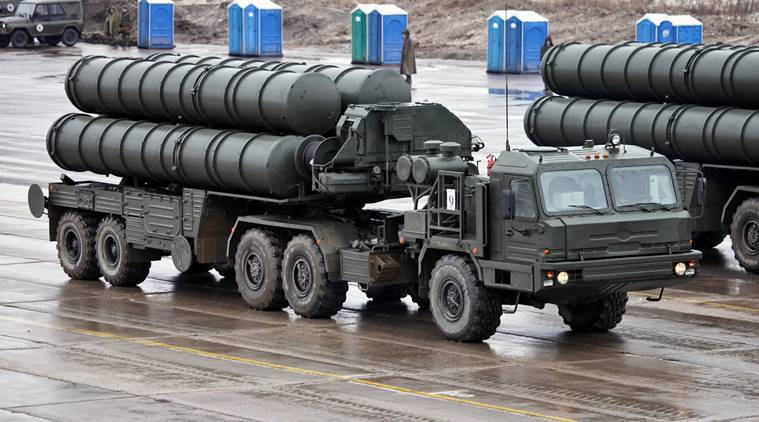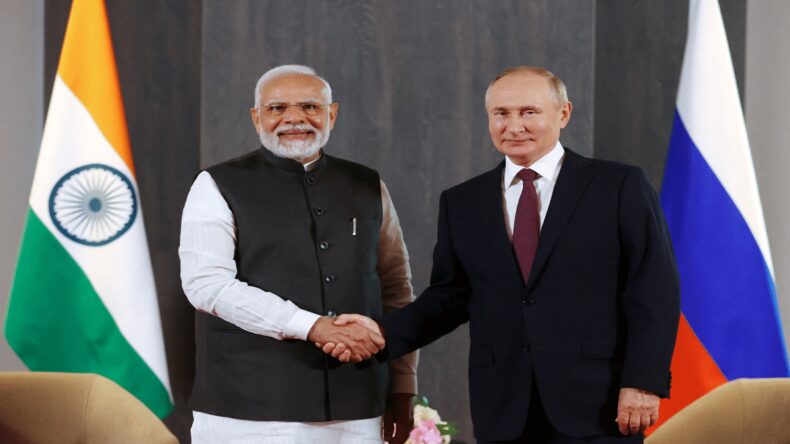The Indian government is looking for options through which it can circumvent the sanctions and pay Russia for India’s own defense-related needs.
Table of Contents
Three Options
India is looking into three options to clear rouble payments worth 28,000 crore to Russia in lieu of the weapons delivered by them to India.
Since Russia has been hit by sanctions against the backdrop of the Russia-Ukraine War, which began in February last year, the payment by India could not be processed normally. Most of the defense hardware in India is of Russian origin, so there is a concern that delivery of critical parts and equipment will be delayed if payments are not made.
Oil Refiners’ Indirect Method of Payment
When sanctions were imposed on Russia due to its involvement in the war in Ukraine, Indian refineries faced difficulty paying for oil imports from Russia. To overcome this challenge, Indian refineries used a system of indirect payment. Instead of paying Russian oil companies directly, the payments were made through intermediaries such as banks based in third countries, which did not fall under the purview of the sanctions.

Indian refineries began trading in United Arab Emirates dirhams instead of US dollars for Russian oil purchased through Dubai-based traders. This enabled Indian refineries to continue importing oil from Russia while remaining compliant with the sanctions and maintaining their business relationships with Russian oil companies.
First Option
A similar approach is being thought of to also pay the defence payments. Two currencies are being considered for rouble payments: the Chinese yuan and the UAE dirham. This option was already extensively discussed internally between the finance and defense ministries.
There are high concerns that if critical spare parts and equipment are delayed, it will affect the military’s planned capital expenditure for this year. But due to the sensitivity of defense deals, the government is not very keen on this option, especially an exchange with the Chinese yuan.
Second Option
The government is also exploring rouble payments through a hybrid form of sovereign bonds. It’s like a debt instrument issued by the government in that it can offer a country flexibility in managing its debt obligations, but it also involves a trade-off between spreading the repayment burden over a longer period of time and potentially increasing the overall debt burden, that is, the total amount the country will have to pay, inclusive of face value and interest.

The plan is to see whether the dues to Russia can be shifted to a separate account in India, and a sovereign guarantee or bond could be issued over such deposits. Such types of hybrid bonds are uncommon and are not typically used to clear debt.
Third Option
The Indian government is also looking into a third option where it will offer Russia some stakes in government-owned enterprises that can be liquidated in the future. It is believed that this mode of payment suggestion came from Russia itself.
According to the officials, this venture could be exercised in joint ventures between both the countries. In this case, the government could make the required investments from Russia’s side when needed. Offering stakes in government-owned enterprises as a form of payment can offer several benefits, such as avoiding the impact of sanctions, accessing new markets, diversifying investments, and providing long-term benefits.
Similar Difficulties in the Past
This is not India’s first experience with sanctions against Russia. In 2018, India made a S-400 deal with Russia, just one year after CAATSA was passed. This created a lot of challenges for rouble payments too.

The Countering America’s Adversaries Through Sanctions Act (CAATSA) is a piece of legislation passed by the US Congress in 2017. It imposes economic and political sanctions on Iran, North Korea, and Russia in response to various actions taken by these countries, including human rights abuses, interference in foreign elections, and the annexation of Crimea. The act gives the US government the authority to impose sanctions on individuals and entities that engage in certain transactions with these countries.
India, however, managed to process Russian payments through the two branches of Russian banks by disbursing the dollar equivalent in Indian rupees. But now these too are under sanctions after the Russia-Ukraine war broke out.













